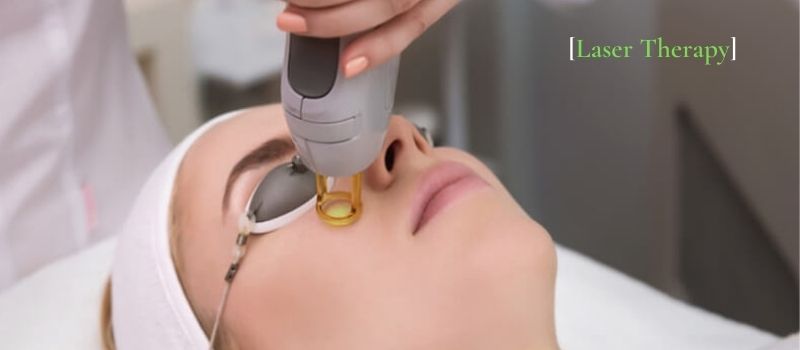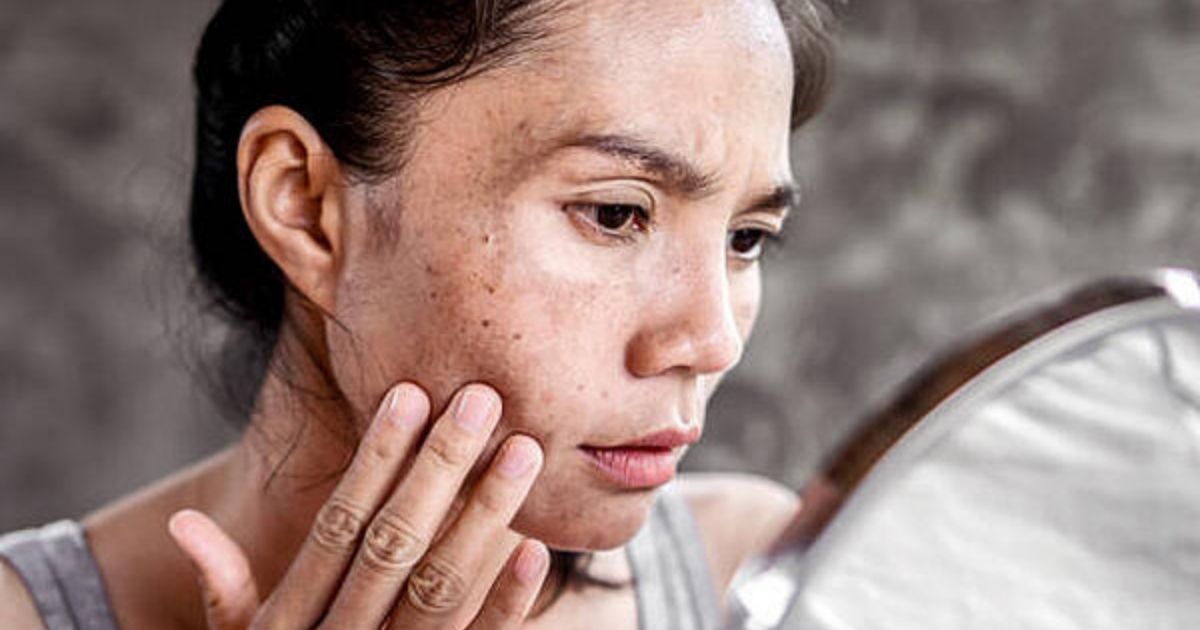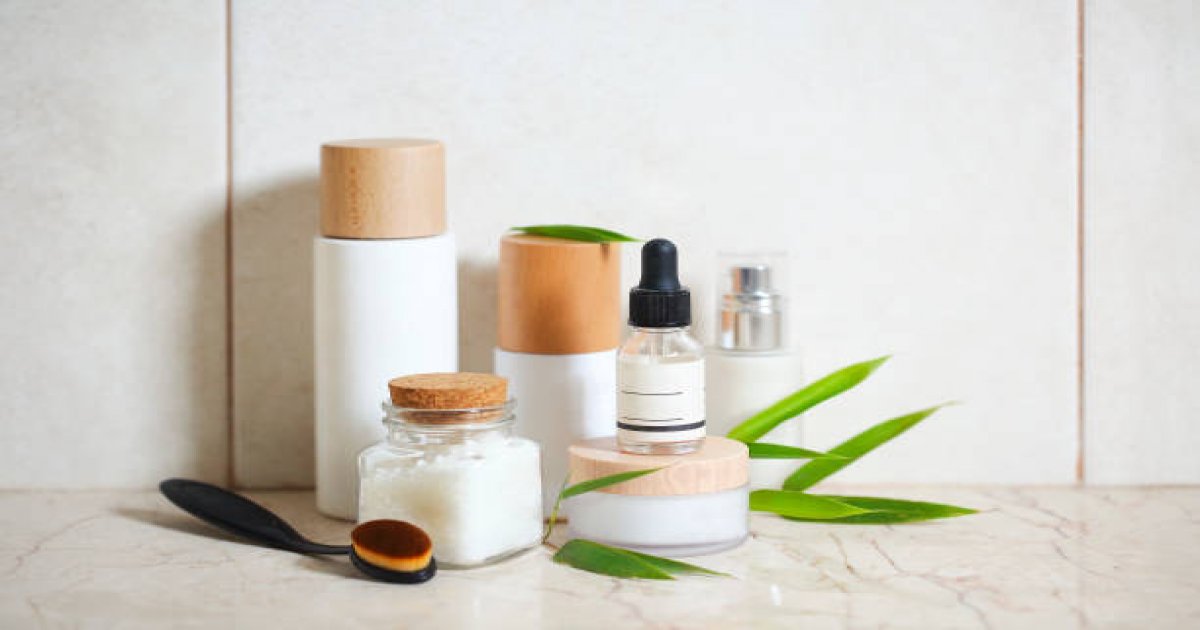Melasma is a skin condition characterized by grayish or bluish patches. It usually affects the face, though they may occur in other sun-exposed areas as well. With a prevalence rate of up to 50% in some countries, it usually affects people with skin of color.
Although it affects many, science has paved the way for many beneficial treatments and procedures for melasma. If you happen to suffer from this disease, know that you can choose from this variety of options:
Hydroquinone
This topical formulation, also known as dihydroxybenzene, is the gold standard for melasma. It works by inhibiting the action of tyrosinase, an enzyme essential for melanin formation/pigmentation.
Usual Hydroquinone creams come in 2% and 5% concentrations. According to a study, improvements can manifest after 5 to 7 weeks of use. As such, hydroquinone should be used for 3 months up to a year.
Hydroquinone side effects depend on dose and length of use. The usual complaint is irritation, although a stinging sensation, redness, nail discoloration, and dermatitis may occur as well.
Since hydroquinone can oxidize rapidly, it is best if you check the content regularly. If it turns brown (it is usually white), it is no longer effective and should be discarded immediately.
Combination Topical Compounds
While Hydroquinone obviously works well in melasma, it is often mixed with other compounds to help yield better results. This is called triple combination therapy. As the first combination treatment to be approved by the FDA, this cream incorporates hydroquinone, a retinoid, and a steroid.
According to a study, combination therapy can help reduce melasma severity in as much as 64.2% of the patients after 8 weeks of use. This is compared to just 39.4% in the Hydroquinone-only group.
Patients were also more satisfied with the effects of the combination cream (70.8% compared to 49.6%).
Because of the multiple medications used in combination therapy, it yielded more side effects at 48.8% (compared to 13.7%). They include irritation, discomfort, and redness, to name a few.
Chemical Peels
Chemical peels are considered second-line treatments for melasma. They help remove melanin from the uppermost layer of the skin (epidermis), which make them favorable adjuvant therapies for melasma.
Various agents are used for chemical peels. According to a study, glycolic acid is deemed to be the best because it helps reduce superficial melasma, even scarring.
A concentration of 30% to 70% is typically used 2 to 3 weeks apart. This is done to complete a total of 4 to 6 sessions.
Due to the peeling, the common side effects include irritation, redness, scarring, and some discoloration.
Microneedling
Also known as mesotherapy, this procedure involves the creation of small channels to which topical medications would be delivered.
A study has shown that skin needling helped reduce melasma severity better than placebo. This effectiveness is based on the fact that the procedure helps deliver the depigmenting agents directly to the layers (epidermis and dermis) of the skin.
Because of the invasive nature of microneedling, it comes with some after-effects such as redness and irritation.
Dermabrasion
Dermabrasion involves the use of a special instrument to ‘smoothen’ the top layer of the skin. This procedure, which is ideal for people with fair tones, results in a ‘new’ layer of skin.
According to Kunachak et al., dermabrasion is one of the more effective treatments for melasma. Results showed that it brought long-term benefits to 97% of the patients.
Common side effects to dermabrasion include itchiness, the formation of milia (small, white bumps), and hyperpigmentation. While it is largely effective, some patients may develop hypopigmentation and wide, raised (hypertrophic) scars after treatment.
Laser Therapy

Laser therapy works by targeting the skin chromophores, which are the compounds responsible for color. Of the two types of laser therapy, non-ablative lasers are preferred because they are less likely to cause inflammation and post-inflammatory pigment alteration.
Examples of these are the Q-switched ruby laser (QSRL) and Q-switched neodymium:yttrium–aluminium-garnet (QNd:YAG) lasers. These work by selectively targeting the chromophore melanin. As such, it is may also be used in removing birthmarks, tattoos, and scars.
The Q-switched Nd:YAG laser is often used with creams for better results. A study by Wattanakrai et al. has shown that laser therapy and 2% Hydroquinone can reduce symptoms by as much as 92.5%, compared to just the cream at only 19.7%.
According to experts, laser therapy works best when used with other approved treatments. If used alone, melasma may recur after just 3 months of treatment.
Intense Pulsed Light
Also known as IPL, this therapy involves the use of a flash lamp light source. It has a filter that helps target certain chromophores, and as such is useful in pigmentary problems such as melasma.
Compared to laser therapy, IPL can reach both the upper (epidermis) and deeper (dermis) layers of the skin.
IPL is said to be more effective for moderate to severe melasma, especially when it is used together with melasma creams. In a study by Wang et al., results showed that those who were treated with IPL and 4% Hydroquinone cream experienced a 39.8% decrease in symptoms. It was only 11.6% for the Hydroquinone cream group.
The same results were also seen in the study of Goldman et al. Here, IPL was used together with a triple-combination cream made of Hydroquinone, Tretinoin, and Fluocinolone acetonide. After 10 weeks, the experimental group was almost clear of melasma.
While IPL is deemed effective, it comes with various side effects. They include swelling, redness, itchiness, peeling, scabbing, and some bruising.
Fractionated Resurfacing Laser
Introduced in 2004, fractional resurfacing pertains to the creation of columns of microthermal damage. These treated areas are mixed with untreated ones, leading to less inflammation and faster recovery.
There are two types of fractional resurfacing: ablative and non-ablative. The latter, which makes use of the 1500 nm wavelength, has been approved by the FDA for melasma treatment.
According to a study, non-ablative fractional resurfacing helped bring clinical improvements in 60% of patients after 4 weeks of use. However, the effectiveness decreased to 52% after 24 weeks of treatment. Because of this, fractional resurfacing is limited to patients who did not improve with other methods.
Common side effects of fractional resurfacing include swelling, redness, and pain that may last for 3 to 10 days.

 Add to favorites
Add to favorites 





Be the first to comment